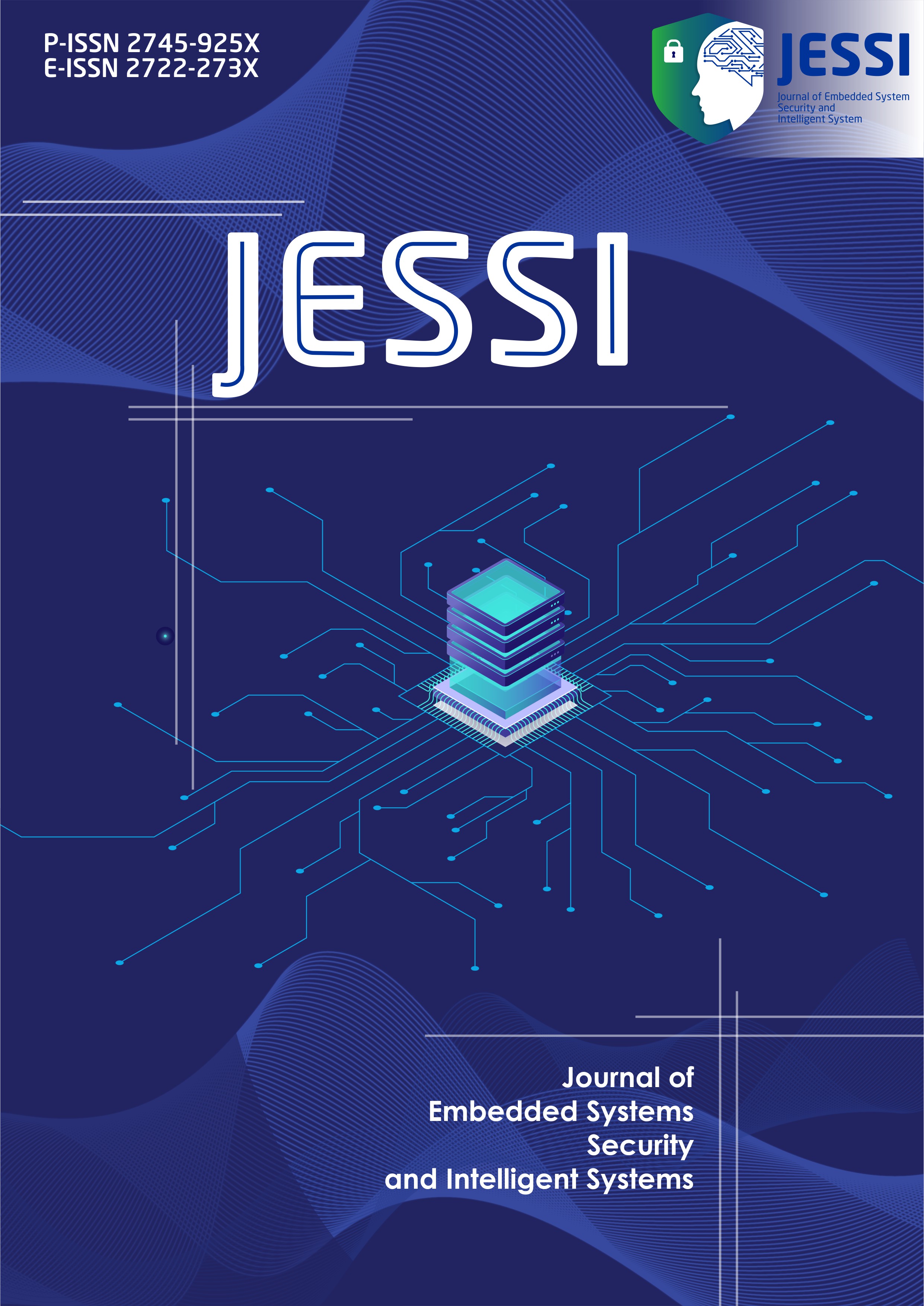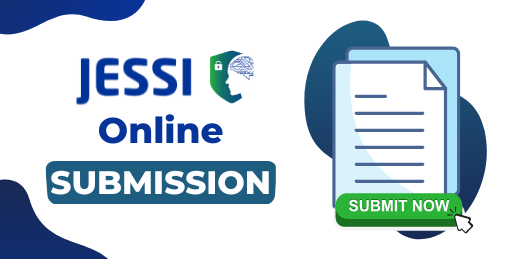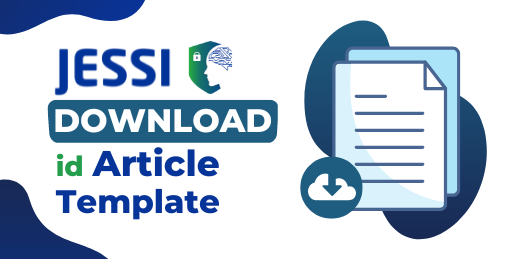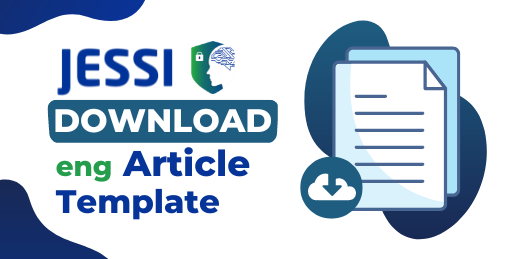Pengaruh Implementasi Garret's Element Terhadap Aksesibilitas Website Rumah Sakit Bagi Disabilitas Netra
Keywords:
accessibility, blind people, garret's ux elements, websiteAbstract
Hospital website accessibility is still a problem that is often faced by users with disabilities, especially the blind who have special needs related to vision (visual). The main obstacle for users with visual disabilities is the complex information architecture so that the use of the features available on the hospital's website has not been fully enjoyed. Likewise, the information presented by the hospital website interface cannot be conveyed to users with visual disabilities. This is because there are still many interface designs (UI/UX) for hospital websites that are not based on the needs of users with disabilities. This study aims to see the effect of implementing Garret's Element on hospital websites for users with visual disabilities by applying Garret's UX Element method to design hospital website interfaces through 5 stages, namely Strategy Plane, Scope Plane, Structure Plane, Skeleton Plane and Surface Plane. Measurements were taken by observation and the results obtained were that users stated that designing the UIUX of a hospital website by applying Garret's UX Elements required less time to obtain information than websites that did not apply this method.
Downloads
References
M. W. Alsem, F. Ausems, M. Verhoef, M. J. Jongmans, and J. M. A. Meily-visser, “Research in Developmental Disabilities Information seeking by parents of children with physical disabilities : An exploratory qualitative study,” Res. Dev. Disabil., vol. 60, pp. 125–134, 2017, doi: 10.1016/j.ridd.2016.11.015.
K. L. Schwartz, T. Roe, and J. Northrup, “Family Medicine Patients ’ Use of the Internet for Health Information : A MetroNet Study,” pp. 39–45.
APJII, “Survei APJII Pengguna Internet di Indonesia Tembus 215 Juta Orang,” 2023. https://apjii.or.id/berita/d/survei-apjii-pengguna-internet-di-indonesia-tembus-215-juta-orang (accessed Apr. 09, 2023).
A. Jadad, “No TitleFrom electronic gadgets to better health: Where is the knowledge?,” BMJ Clin. Res., vol. 327, no. 7410, pp. 300–301, 2003, doi: 10.1136/bmj.327.7410.300.
C. Boldyreff, “Determination and evaluation of Web accessibility.,” in 11th IEEE International Workshops on Enabling Technologies: Infrastructure for Collaborative Enterprises (WETICE 2002), 2002, pp. 35–40, doi: http://dx.doi.org/10.1109/ENABL.2002.1029985.
P. Acosta-vargas, “Framework for Accessibility Evaluation of Hospital Websites,” pp. 9–15, 2018.
S. K. Shahzad, “Ontology-based User Interface Development : User Experience Elements Pattern Ontology-based User Interface Development : User Experience Elements Pattern,” no. March, 2015.
J. Garrett, “The Elements of User Experience : User-Centered Design for the Web,” pp. 49–51, 2003.
Downloads
Published
How to Cite
Issue
Section
License
Copyright (c) 2023 Journal of Embedded Systems, Security and Intelligent Systems

This work is licensed under a Creative Commons Attribution-ShareAlike 4.0 International License.

































